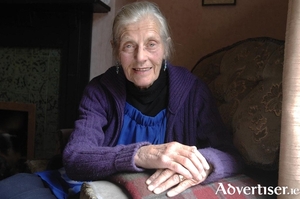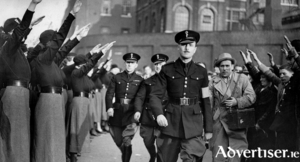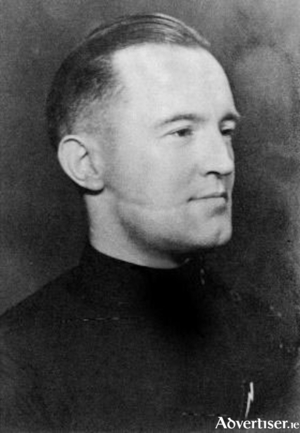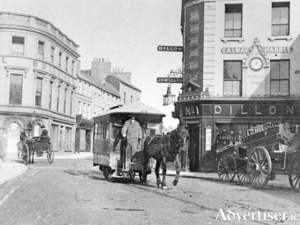Search Results for 'Oswald Mosley'
4 results found.
A lone figure at Bohermore cemetery

William Joyce recorded his final broadcast on April 30 1945 as the last great battle of the war raged. Russian troops, after a desperate struggle, finally wrenched Berlin from the grip of the Nazis. The once great city was then little more than streets of rubble. In an iconic World War II photograph Soviet troops fly the Soviet flag over the Reichstag May 2 1945.
‘Irish dockworkers fought elbow to elbow with old Jewish men in Hasidic hats...’

William Joyce’s notorious broadcasts to Britain, which continued throughout the six years of World War II, initially came from the studios in Berlin, later transferred to Luxembourg city, due to heavy Allied bombing, and finally from Apen, near Hamburg. The broadcasts were relayed over a wide network of German controlled radio stations in Zeesen, Hamburg, Bremen, Luxembourg, Hilversum, Calais, and Oslo. It had a huge potential audience, and was seen as a vital propaganda tool for Nazi Germany.
The boy from the Jes, who became the voice of Germany

The late Billy Naughton, College Road, said he spluttered into his cup of tea, when he instantly recognised the upper-class, nasal drawl, of William Joyce reporting continuous Nazi victories on Radio Hamburg, Reichsrundfunk, during its English-language broadcast in October 1939. He was ridiculed as ‘Lord Haw-Haw’ and was the butt of Musical Hall jokes, yet he was listened to and despised for his clever mix of fact and lies.
The end of the line

Fifteen years before the Galway-Clifden railway started, the first light-rail track laid in Galway was the tram service to Salthill. For more than 39 years a series of horse-drawn trams ran from the depot in Forster Street, along the east and south sides of Eyre Square, heading west through Shop Street and Dominick Street, over the bridge, and along the Salthill road. Then it was in the countryside with open fields and thatched cottages. The line came to an end at the Eglinton Hotel (now a hostel), where the horse was switched to the other end of the tram for the return journey. The Eglinton became Europe’s most westerly tram terminus.

